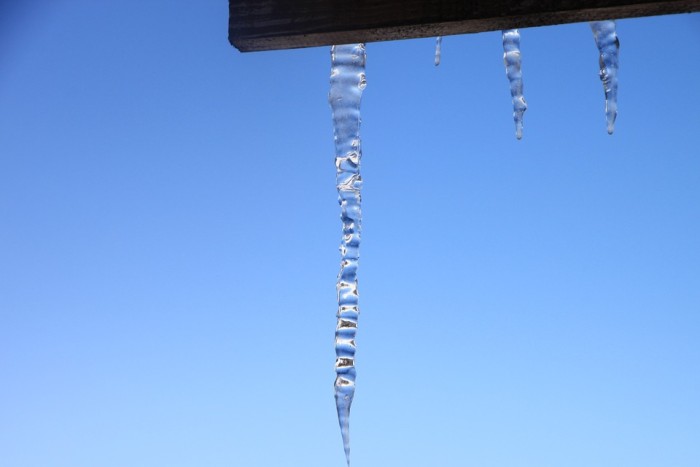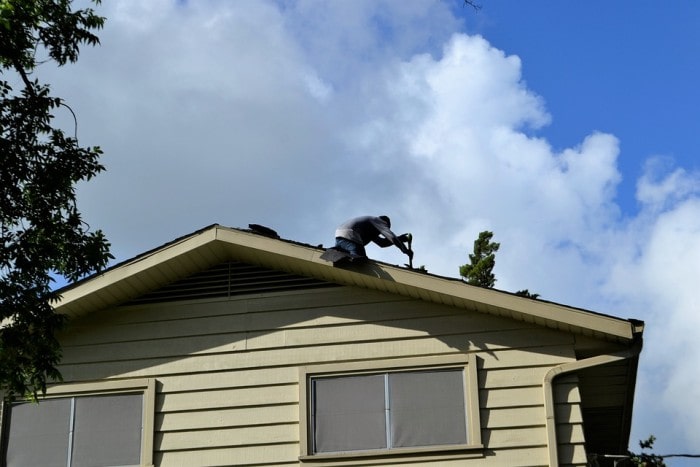
Your home must be well-equipped to handle harsh weather conditions such as storms and hurricanes. This is one of the critical roles of the house’s siding. It helps keep the walls clear of moisture and prevents mould and rot from taking hold. However, the siding is also vulnerable to damage over time, especially during particularly harsh weather. It’s not uncommon for damage to occur and strip the walls of siding. This is a common issue that every homeowner needs to be prepared to solve. Here is how you prevent any significant damage from occurring.
Conduct regular inspections
The siding is one area of your home that requires regular inspections. If your home is located in an area prone to aggressive weather, this can pose a risk to your home’s siding. You can expect a degree of damage to occur with every kind of siding material over time. It’s important that you prevent the issue from getting out of hand before the damage starts spreading.
While inspecting your home’s siding, you must look out for any obvious signs of structural damage. Take note of any missing parts of the siding, as these are the most noticeable signs of weather damage. Mould and mildew are very common examples of what you can expect to see if moisture penetrates the siding.
Secure loose items
Unsecured and loose objects present the most readily noticeable dangers to your home’s siding. It’s a very common occurrence for loose items to fall and scrape the edge of your home. Should these items be heavy enough, they can cause significant damage to parts of your home, such as the siding.
To prevent this, you will want to anchor anything that could potentially come into contact with your siding during a storm. Start with the garden and patio furniture. These are the largest objects that could start moving around during harsh weather. Store them away to remove the potential hazard.
If you have a shed, this would be an ideal location for storing larger objects. Otherwise, you could always secure these items to the floor. If your patio allows it, tie them down with some rope whenever a storm is predicted to hit.
Prevent ice dams
During colder months, ice formation can cause serious blockages in your roof drainage system. The gutters at the edges of your roof are going to be constantly bombarded with water and snow. This makes it very easy for a clog to form, especially during freezing weather. Once the ice starts blocking the flow of water, there’s a risk of significant water damage to your roof and siding.
Ice dams need to be taken care of as soon as they form on your gutters. To prevent them from causing damage, you will want to regularly check the edges of your roof for ice formations. If you take note of an ice dam that’s growing in size, try to dislodge it or break it into pieces. With careful handling, you should be able to remove the dam without harming the gutter.
The best way to prevent ice dams would be to mitigate their formation by removing debris. Tree branches and leaves can cause blockages that make it easier for the ice to compound. This will cause more frequent ice dam formation, which is why it’s important that you remove the cause. Clear your gutters every few days during the winter and you won’t have to worry about ice dams clogging them.
Choose adequate materials
Cladding the house is seen as a right decision for harm prevention.To help protect your home from the elements, you will want to pick durable materials for your siding. It should be a material that is moisture resistant and one that prevents mould from sticking to it. There are many such materials to choose from, but a couple of them stand out.
For more budget-conscious homeowners, vinyl siding remains one of the most popular choices. It’s an excellent option for moisture protection, which helps keep the siding dry. Another great benefit is the variety of colours it comes in, giving homeowners a wealth of choices.
Fibre cement is another popular option with many benefits. It offers protection against the most severe of weather conditions, including storms and tornadoes. It also provides a flawless finish that can mimic the look of most other materials. If you wish to have siding that looks like wood, fibre cement would be able to fulfil this role.
Employ a professional

The current state of your siding plays a role in how well it can protect your home from weather conditions. If your siding isn’t in particularly good shape, it might require some repairs to prevent damage from spreading. Depending on the extent of the problems, you might not be able to repair it on your own.
In these scenarios, it would be a smart move to consider professional help. A spread of rot or mould can cause significant damage to the walls. Replacing the old siding or installing new ones will require precise measurements and placement. Play it safe and call an expert that will be able to do the job within a reasonable time frame. Weather conditions can damage exposed walls, which is why the job must be done swiftly.
Conclusion
Protecting the siding of your home can be pretty difficult during difficult weather. It requires constant vigilance, and you need to be prepared to swiftly fix any issues that might occur. Detect problems on time, and your walls will be able to protect your home even in the harshest weather conditions.
Author Bio

Mia Ackerson is a Melbourne-based writer.She Loves writing about home decorations, home improvements and her personal experiences. She’s also interested in reading books, movies, music, baking, and gardening. She is currently involved with Flash Roof Plumbing company projects.
